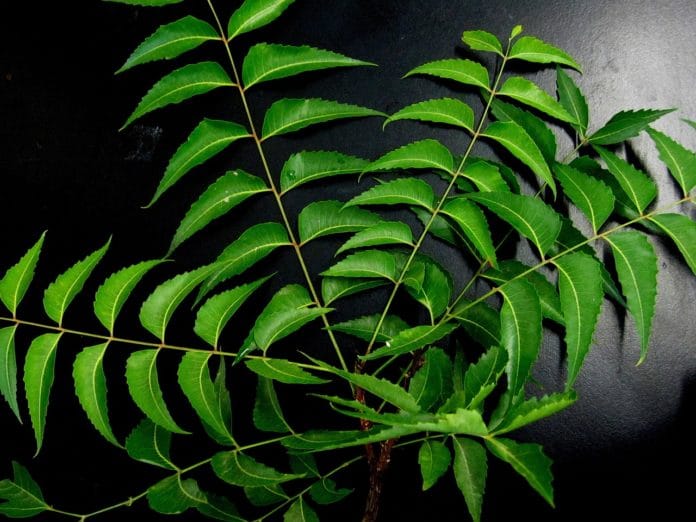The Azarichda Indica, commonly known as Neem plant is famous for possessing famous potent phytochemical Azadirachtin-A (Aza-A) which act as a depressant for growth of many pests. Scientists from India and Germany have now deciphered mechanism by which this chemical can be used to suppress the growth of cotton bollworm (Helicoverpa Armigera), which is dreaded pest attacking cash crops and resistant to most of the insecticides.
It is observed that synthetic pesticides target single protein whereas AZA-A targets several proteins in pests which triggers a change in their feeding habits and metabolism, thereby arresting growth.
While speaking to India Science Wire, Dr. Vishal Dawkar, a lead researcher explained, ”It revealed that the neem extract vigorously attacked the worm’s key enzyme JHE (Juvenile Hormone Esterase), which is involved in metabolism and its growth. The presence of the phytotoxin made worms engage in the detoxification process, changing the way they used their energy, which, in turn, affects their metabolism, feeding habits and growth”.
Metabolomics analysis performed on cotton bollworm larvae showed that worms underwent various changes in response to toxins, like in some cases moulting phase was arrested, while stunted growth was seen in others and in some cases whole larvae was burst upon ingesting Aza-A diet. This suggested that Aza-A could have several targets for its toxic mode of action. In all, over 35 metabolites have been identified where Aza-A inhibits the activity of vital enzymes of H. Armigera.
“Aza-A has a complex structure, and it has taken several years to understand it. Owing to this complexity, it cannot be synthesised in the laboratory. However, the metabolites can be. By exploiting this, we can develop broad-spectrum bioinsecticides,” said the scientist.
The team included Vishal V Dawkar, Ranjit S. Barbole, Vidya S. Gupta, Saikat Haldar, Hirekodathakallu V. Thulasiram and Ashok P. Giri (National Chemical Laboratory, Pune); Sagar H. Barage (Savitribai Phule Pune University); Amol Fatangare, Susana Grimalt and Aleš Svatoš (Max Planck Institute for Chemical Ecology). The study results are published in the journal ACS Omega.
